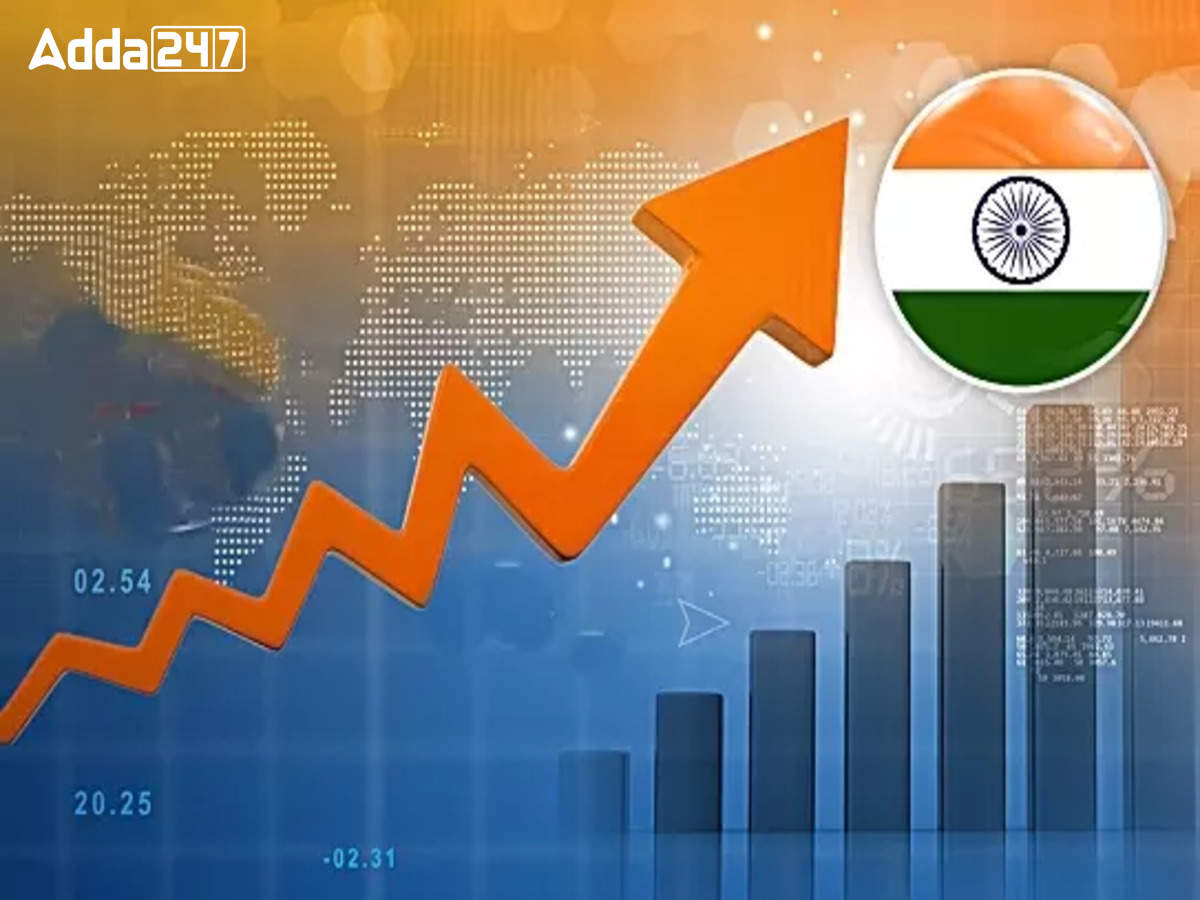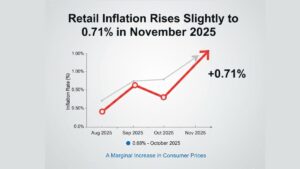The United Nations has revised India’s economic growth forecast for 2024, projecting a robust expansion driven by strong public investment and resilient private consumption. India’s economy is now expected to grow by 6.9% in 2024, up from the 6.2% forecast in January, with a 6.6% growth rate projected for 2025. This optimistic outlook highlights India’s role in bolstering South Asia’s overall economic performance.
Strong Public Investment and Private Consumption
India’s upgraded growth projection is attributed to robust public investment and strong private consumption. Despite subdued external demand affecting merchandise exports, the pharmaceutical and chemical sectors are expected to see significant export growth. The country’s government continues its commitment to reducing the fiscal deficit while increasing capital investment.
Inflation and Labour Market Trends
Consumer price inflation in India is projected to decline from 5.6% in 2023 to 4.5% in 2024, remaining within the central bank’s target range of 2-6%. Inflation rates in other South Asian countries are also expected to decrease, with Iran experiencing the highest projected rate at 33.6%. Food prices remain elevated, particularly in Bangladesh and India, but labour market indicators in India show improvement, with higher labour force participation amid strong economic growth.
Regional Economic Outlook
South Asia’s economic outlook is positive, supported by India’s strong performance and recoveries in Pakistan and Sri Lanka. Regional GDP is expected to grow by 5.8% in 2024, up from the 5.2% projected in January, and 5.7% in 2025. However, tight financial conditions, fiscal and external imbalances, and potential energy price increases due to geopolitical tensions pose risks to the region’s economic growth.
Global Economic Projections
The world economy is now forecast to grow by 2.7% in 2024 and 2.8% in 2025, reflecting better outlooks in the United States, Brazil, India, and Russia. While economies like Indonesia, India, and Mexico benefit from strong domestic and external demand, many African and Latin American countries face low growth, high inflation, elevated borrowing costs, and political instability. Geopolitical uncertainties, particularly in Gaza and the Red Sea, add further risks to the global economic outlook.




 India’s Forex Reserves Rise by $1.68 Bil...
India’s Forex Reserves Rise by $1.68 Bil...
 India’s Net Direct Tax Collections Rise ...
India’s Net Direct Tax Collections Rise ...
 Retail Inflation Rises Slightly to 0.71%...
Retail Inflation Rises Slightly to 0.71%...







